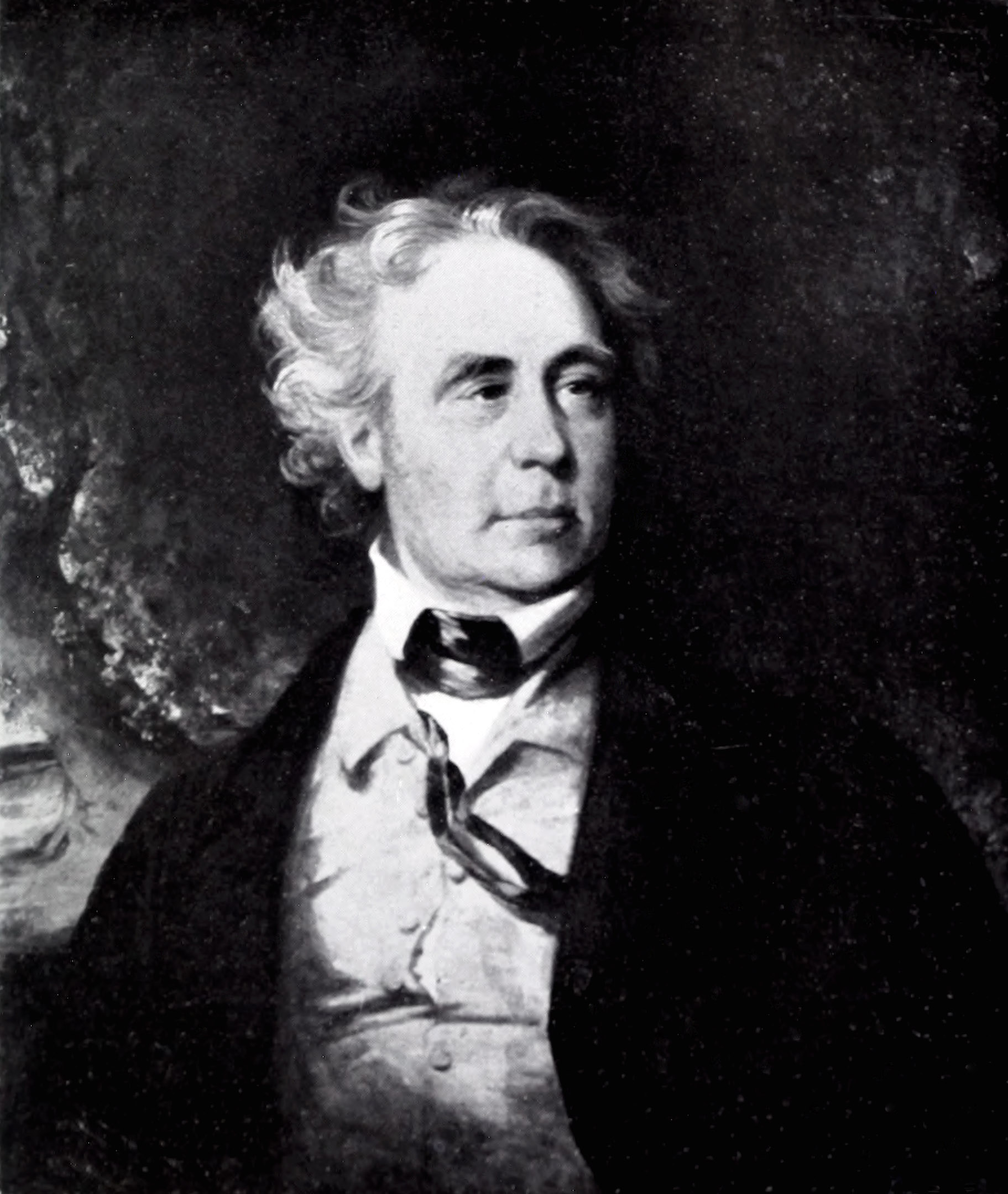Portrait of Richard Mentor Johnson Painted by John Neagle
By Charles Henry Hart

By Charles Henry Hart

The present generation knows little or nothing of the animated discussions that went on for years in the endeavor to settle the question “Who Killed Tecumseh?” which seems trivial and unimportant now, but in its day played an important part in American political history, the supporters and opponents of Richard Mentor Johnson (1781-1850), Vice-President of the United States during the administration of Martin Van Buren, making it their campaign slogan. It was at the Battle of the Thames, October 5, 1813, that Tecumseh was slain, and in that fight Colonel Johnson did have a personal combat with a powerful Indian chief, whom he killed. This chief, Johnson thought, was Tecumseh, and his supporters claimed the honor for him, while his opponents laughed the idea to scorn. From his portrait, which we present by permission from the original in the Corcoran Gallery of Art, Washington, D. C., Johnson might very well have been entitled to wear the chaplet awarded to him by his friends. He was thirty-two when the incident occurred, and it was thirty years later that John Neagle painted his portrait. It is one of the artist's best works, not so large or as imposing as some, but very skilfully and beautifully painted, showing what a master in the art of male portraiture John Neagle was. It is necessary to emphasize this painter's mastery in the painting of portraits of men, for his attempts at female portraiture are all failures except in the cases of very elderly women, with rugged faces seamed and lined, like his interesting portrayal of an old Quakeress, Mrs. Earl, in the gallery of the Pennsylvania Academy of the Fine Arts, which shows strength, coupled with delicacy and refinement.
Neagle has given us Johnson just as he saw him, in a dark blue coat and red waistcoat with a black ribbon across, and a black stock. His hair is sandy, eyes blue and flesh tones fair but ruddy. The handling is free, bold, firm and strong, the colors brilliant from the superposition of pure colors on the canvas, unblended on the palette, which he learned from his study of Stuart's method of laying on the pigments, and which has preserved his canvases undimmed and very pure. Neagle was a historian as well as a painter, and nearly always made a careful record upon the back of his portraits. On the present canvas (25 x 30) he has endorsed, “Col. Richard M. Johnson, painted from life by John Neagle, Frankfort, Kentucky, March 9, 1843.” Whether by this exact date the painter means that the portrait was painted in one sitting, or that it was then begun or finished, we do not know, but we do know that such inscriptions on paintings are invaluable and it should be the pride of every painter to mark his work so that he shall not be “UNKNOWN” to future generations. This portrait of Johnson remained in Neagle's possession during his life, and at the sale of his effects soon after his death brought the sum of twelve dollars and fifty cents.
John Neagle was born in Boston, during a temporary visit of his parents from Philadelphia, on November 4, 1796, and died in the latter city, which was his home, September 17, 1865. He had no early instruction in art save a few lessons from an old-time drawing-teacher and a slight experience in the painting room of Bass Otis, a painter of very meagre ability. Yet in Neagle's twenty-fourth year he painted the three-quarter-length portrait of Rev. Doctor Pilmore in his robes, of which there is a replica of two years later in the hall of the St. George's Society of Philadelphia, and he was only in his thirtieth year when he produced what is regarded his masterpiece, the whole-length portrait of 'Pat Lyon, the Blacksmith at his Forge,” that belongs to the Athenaeum in Boston and is on exhibition at the Museum of Fine Arts in that city, a replica, 68 x 95 inches, being in the Pennsylvania Academy of the Fine Arts. Between the periods of these two portraits Neagle made his famous visit to Stuart, from whom he received unusual attention and invaluable advice, the great master holding Neagle in high esteem and doing him the distinguished honor of sitting for the portrait by which Stuart is chiefly known to the present generation. This canvas belongs also to the Boston Athenaeum and is in the Museum of Fine Arts, while replicas are in Philadelphia and in Providence, R. I.
Not long after Neagle's visit to Stuart he married Mary Chester Sully, the niece and stepdaughter of Thomas Sully, which union brought him closer into the artistic circle in Philadelphia, and Sully and Neagle divided very evenly between them portrait painting in that city; Sully painting the portraits of the pretty women and Neagle those of the men of affairs. What seems odd is that neither of these noted portrait painters should have painted the portrait of the other. Neagle's works, being largely family or official portraits, seldom occur for sale, so that but few art galleries are fortunate enough to possess examples of his art, which is not so well known as its merit entitles it to be.
